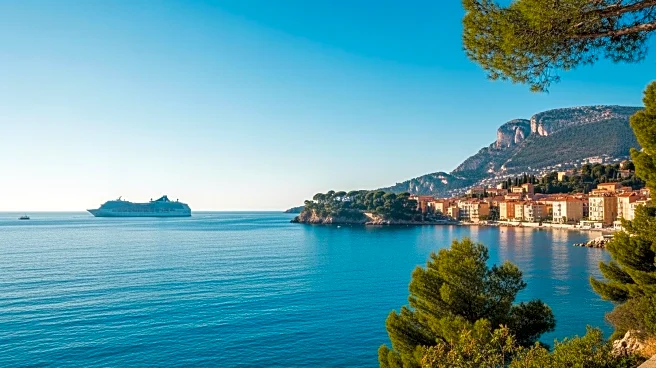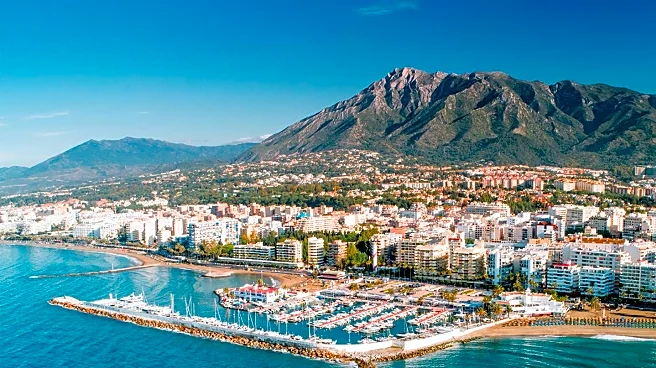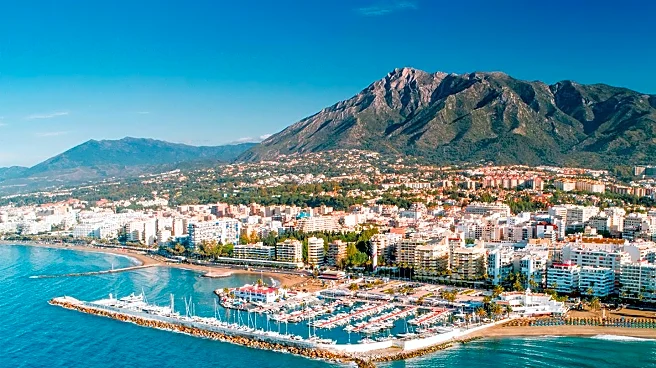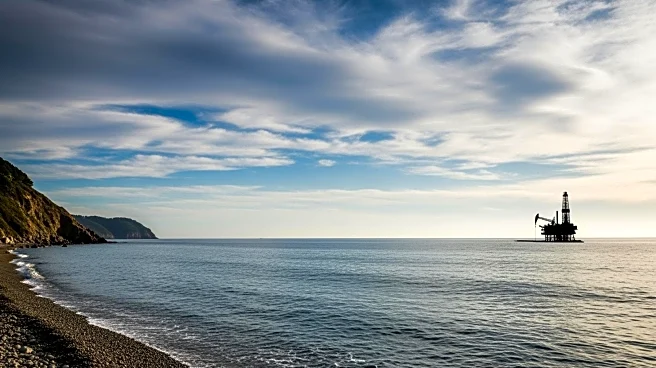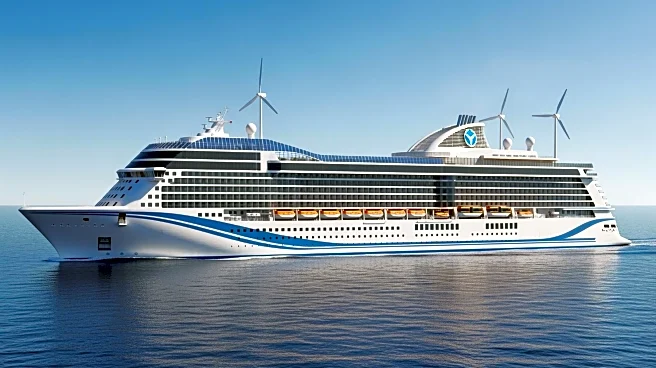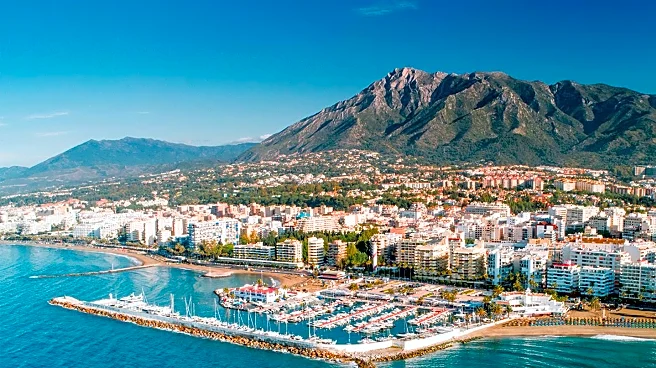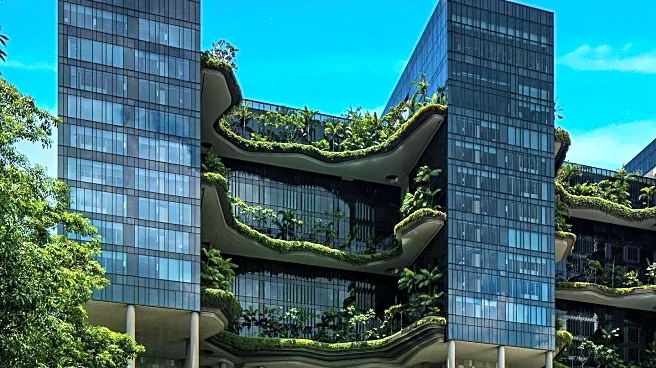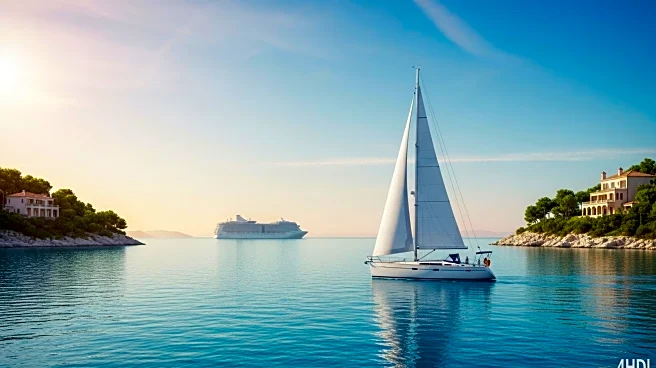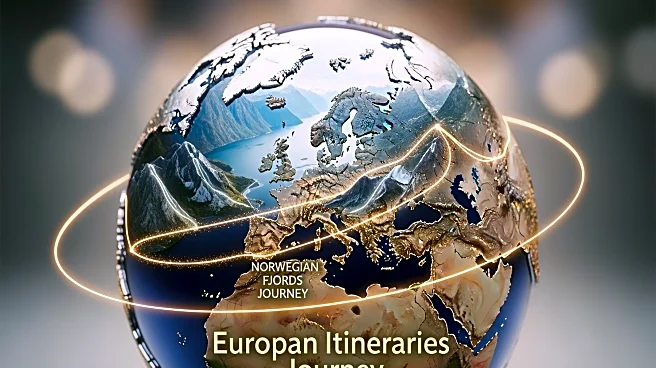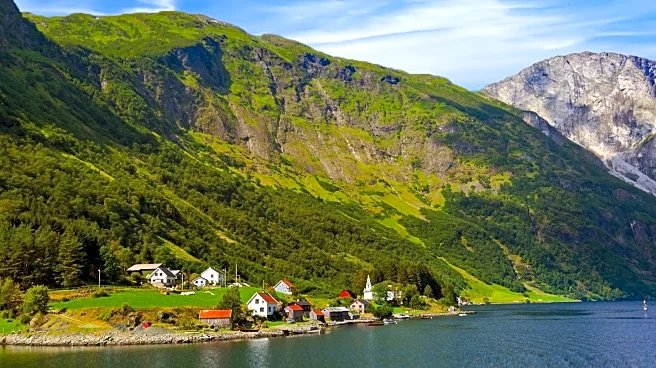What's Happening?
The regional prefect for Alpes-Maritimes has finalized new rules to manage large cruise ship calls in the French Riviera, following local attempts to restrict these vessels. The rules, announced by regional prefect Laurent
Hottiaux and Maritime Prefect Christophe Lucas, aim to balance environmental concerns with economic interests. The regulations limit cruise ships to a maximum of 3,000 passengers per stopover and restrict the number of ships with over 1,300 passengers to one per day. Additionally, during peak seasons, only 15 ships per month will be allowed. The rules prioritize ships adhering to the 'sustainable Cruise in the Mediterranean' charter, which promotes less polluting fuels and emission management.
Why It's Important?
These restrictions are significant as they address the growing environmental concerns associated with large cruise ships in the French Riviera, a popular tourist destination. By limiting the number of passengers and ships, the region aims to reduce pollution and preserve the local environment. This move could influence other regions to adopt similar measures, impacting the cruise industry by potentially redirecting ships to other ports. The regulations also highlight the tension between economic benefits from tourism and the need for sustainable practices, setting a precedent for balancing these interests.
What's Next?
The new rules will be presented to the public for comments before being finalized in a prefectural decree. Stakeholders, including municipal authorities and the cruise industry, will likely continue discussions to ensure the regulations meet both environmental and economic needs. The implementation of these rules may lead to adjustments in cruise itineraries and operations, as companies adapt to the new limitations. Monitoring and enforcement of these regulations will be crucial to their success, and further restrictions could be introduced if environmental goals are not met.
Beyond the Headlines
The restrictions on cruise ships in the French Riviera reflect broader global trends towards sustainable tourism. As environmental awareness grows, regions are increasingly prioritizing ecological preservation over unrestricted tourism growth. This shift may lead to long-term changes in how tourism is managed worldwide, with a focus on minimizing environmental impact while maintaining economic viability. The emphasis on sustainable practices could drive innovation in the cruise industry, encouraging the development of greener technologies and operations.
